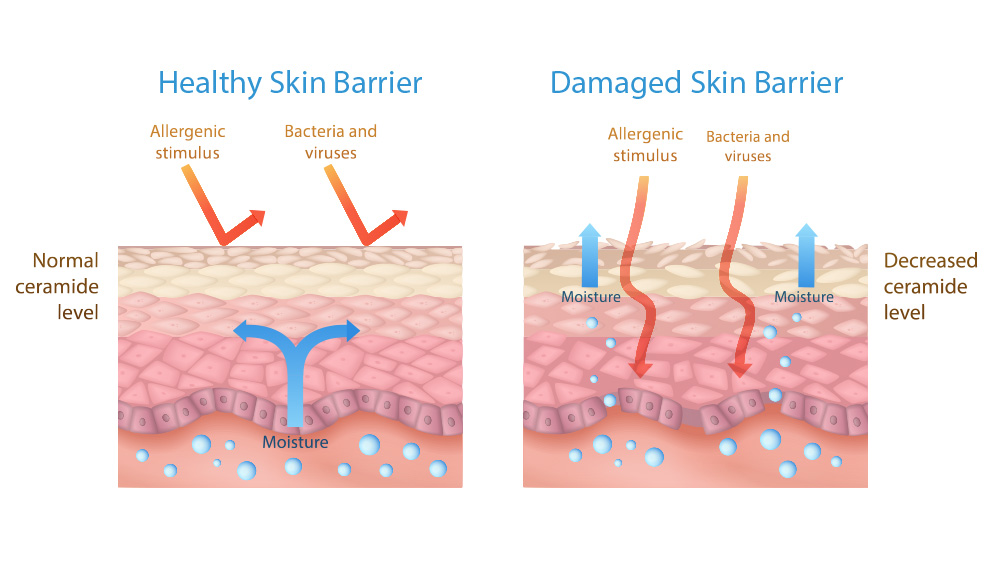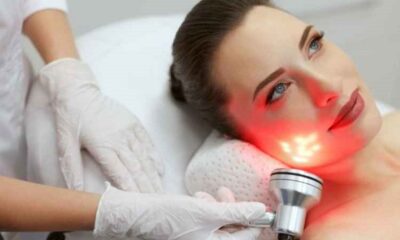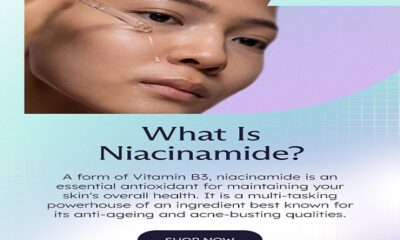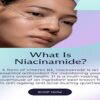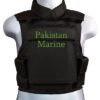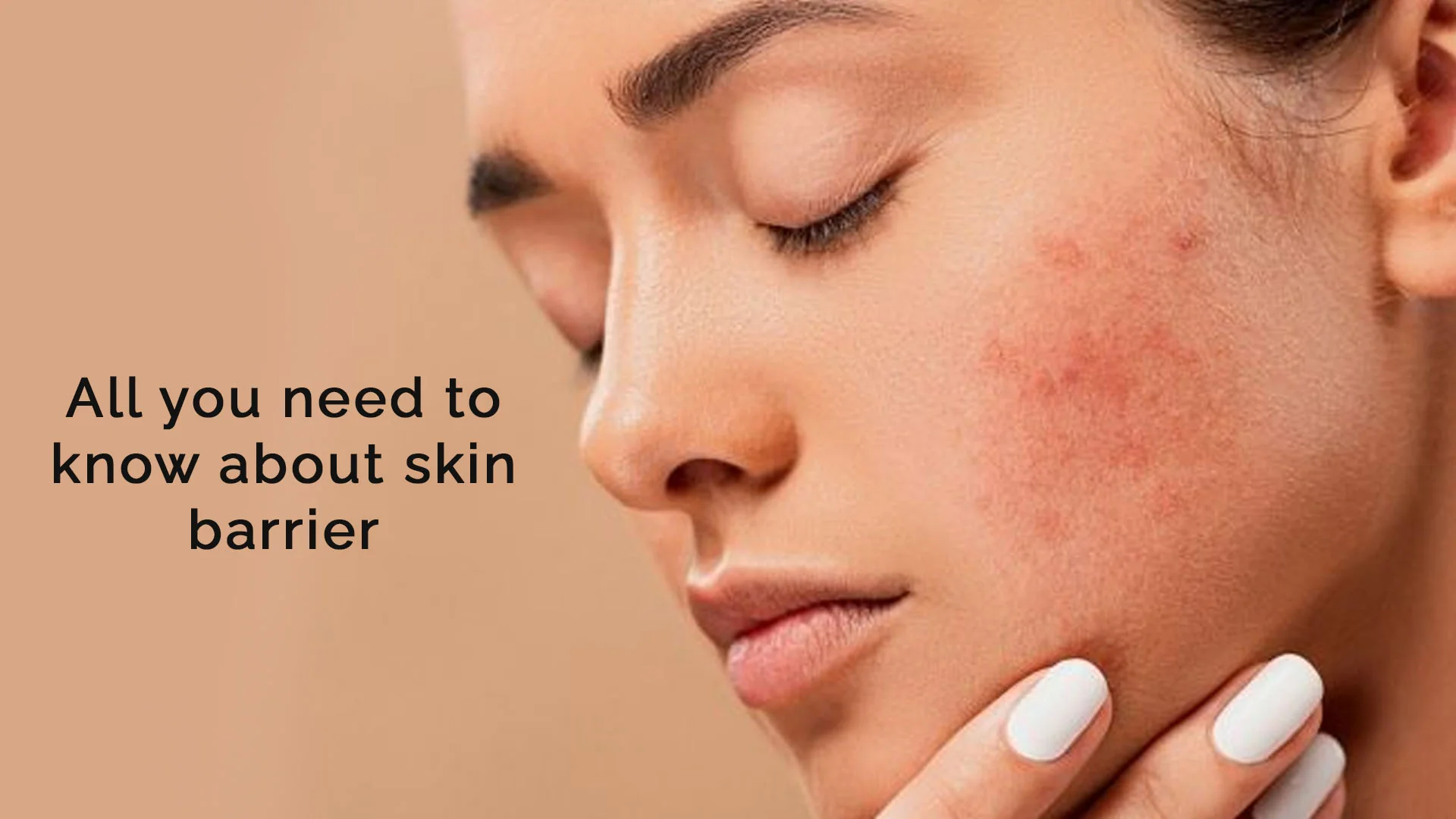

More in Dermatology
-


Dermatology
The Best Skincare Routine for Combination Skin
Managing combination skin can be challenging—it often means dealing with both oily and dry areas simultaneously....
-


Dermatology
Climate-Adaptive Skincare: The Future of Personalized Beauty
As climate changes become more extreme and unpredictable, your skincare routine must do more than just...
-


Dermatology
Retinol for Beginners: How to Start Without Damaging Your Skin
Introduction If you’re new to skincare, the word retinol might sound both exciting and intimidating—and for...
-


Dermatology
Laser Skin Treatments for Sunspots: Pros and Cons
Sunspots—those stubborn, flat brown marks from years of sun exposure—can be frustrating to treat with over-the-counter...
-


Dermatology
Fade Sunspots Fast: The Power of Niacinamide (Vitamin B3)
Sunspots, also known as age spots or solar lentigines, are one of the most common signs...


